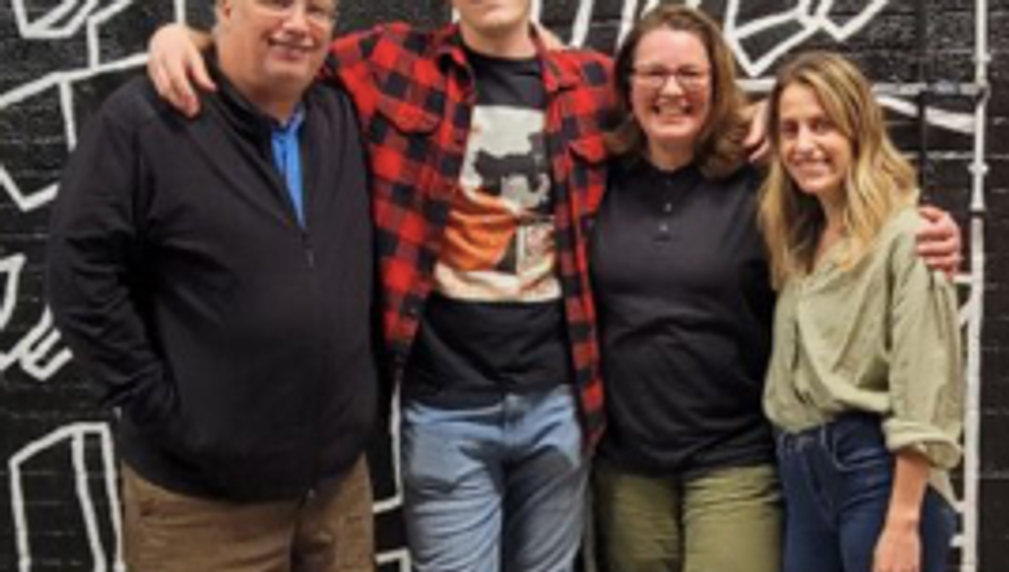Improving Outcomes For Older Foster Youth
Los Angeles Weekend Miracles finds permanent families and long-lasting connections to stable, caring adults for older foster youth (ages 9-17) in Los Angeles County. LAWM gives older foster youth, who cannot be reunited with their biological families, the chance to meet and develop relationships with caring adults. The goal for every child in the program is adoption, legal guardianship, or a lifelong mentoring relationship.

What is the primary issue area that your application will impact?
Support for Foster and Systems-Impacted Youth
In which areas of Los Angeles will you be directly working?
Central LA
East LA
San Gabriel Valley
San Fernando Valley
South LA
West LA
Antelope Valley
In what stage of innovation is this project, program, or initiative?
Expand existing project, program, or initiative
What is your understanding of the issue that you are seeking to address?
Upon leaving the child welfare system, many young adults find themselves homeless and unemployed. Many will struggle with physical and mental health issues, substance abuse problems and incarceration. They are more likely than those in the general population to not finish high school, lack sustainable employment, and depend on public assistance. Forming stable relationships with reliable, caring adults is a critical factor in helping foster youth avoid becoming a statistic. According to the "Moving Children Out of Foster Care" study by the National Conference of State Legislators, a permanent home provides a "network of support that helps a child perform well academically, have positive mental and overall health outcomes, and makes it more likely that they will develop good relationship and social skills that can enable them to become successful adults."
Describe the project, program, or initiative this grant will support to address the issue.
Youth in LAWM have been in the foster care system for an average of six years and have moved from placement to placement seven or more times. Our program creates: Visibility: Advocacy efforts to increase awareness of individual foster youth who are ready for adoption or a relationship with a caring adult mentor. A "Youth Advocacy Flyer" is created for each participating youth, which includes the youth's photo, a brief bio, what they want in a family and more. These stories about individual youth are promoted through interpersonal and digital, print and broadcast channels to prospective adoptive families and mentors, called Hosts. Connection: Monthly events provide youth with opportunities to meet and build mentor and adoptive relationships with adults. These events are interactive, engaging, and youth-focused, allowing youth and interested families to get to know each other and establish connections naturally. Matches: Recruitment, orientation, training, and support of prospective Host and adoptive families. Kidsave staff provides extensive support to individuals/families throughout the Host application and approval process. Kidsave staff and DCFS work together to connect participating foster youth to a caring Host or adoptive family. Youth are given a choice as to which families they want to form a Hosting and/or permanent relationship with. For many foster youth, this is the first time that they have a choice about who they develop a relationship with.
Describe how Los Angeles County will be different if your work is successful.
The need for Kidsave's services is greater than ever as the economic, health and social ramifications of the COVID-19 pandemic has further exacerbated the extreme challenges youth in foster care face. Nearly 30,000 children in Los Angeles County are currently receiving child welfare services on any given day, and over 15,500 are living in out-of-home placement. Kidsave staff understands that their histories of abuse and neglect can make it extremely difficult for older foster youth to take a chance on building a relationship with an adult who might disappoint them. Our staff takes the time to listen to these youth and help them prepare to take a chance. It takes only one adult in a child's life to make an impact - a chance to achieve their academic goals, have a supportive person to turn to in times of crisis, and provide a real opportunity to thrive and become successful adults. And when one person reaches their fullest potential, the entire community benefits.
What evidence do you have that this project, program, or initiative is or will be successful, and how will you define and measure success?
Since LAWM launched in late 2005, 565 older foster youth have been referred by DCFS. Over the life of the program, 71% of youth participants have been matched for adoption, legal guardianship, or a long-term connection to a caring adult. In addition, nearly 600 families and individuals who are either interested in Hosting/mentoring or becoming adoptive families are supported by Kidsave staff each year. Outcomes are tracked regularly using qualitative and quantitative measurements: Number of youth who exited the program with a Host Length of Host relationships Type of placement of youth with Host (e.g., foster parent, non-related extended family member, legal guardianship or adoptive placement) Number of youth matched with an adoptive family or legal guardian Number of youth in process of for adoption or legal guardianship Youth and adult satisfaction with LAWM and Kidsave experience DCFS social worker satisfaction with LAWM and its impact on youth served
Approximately how many people will be impacted by this project, program, or initiative?
Direct Impact: 700
Indirect Impact: 500